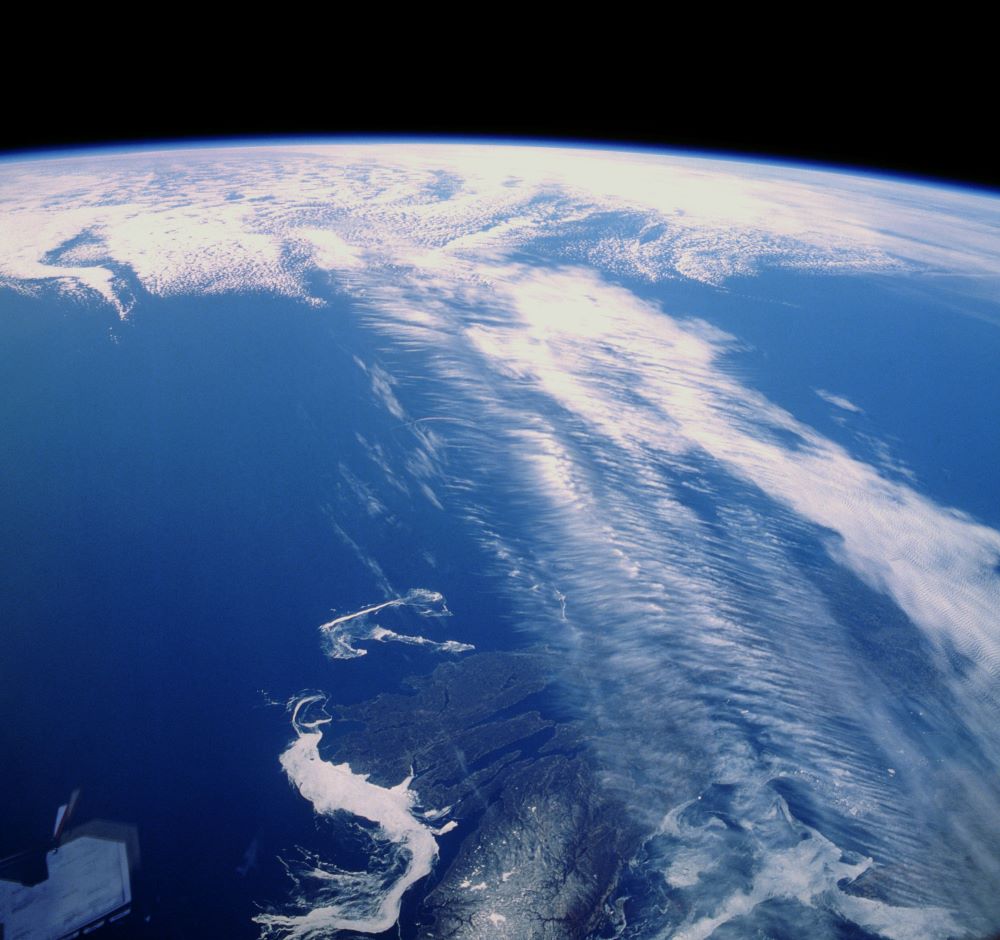Clouds form when water vapour condenses or freezes around tiny particles, called cloud condensation nuclei, that are suspended in the atmosphere. These particles are hygroscopic, meaning they attract water. Examples of cloud condensation nuclei, also called cloud seeds, include dust, ocean salt, and sulfuric acid particles. Often, entirely new particles are formed in the atmosphere to create cloud condensation nuclei. It was previously thought that most of these new particles originated in the region of outflow winds from large convective clouds, like Cumulonimbus, at the top of the troposphere. But a recent study published in the journal Science suggests that another mechanism may also be at play – one that creates new particles in even more abundance.
The troposphere is the lowest layer of Earth’s atmosphere. It is where our weather happens, and it is also the region of our atmosphere where most of our clouds form, largely because it contains the most water. By contrast, the layer above the troposphere, known as the stratosphere, is typically very dry, and so only a few specific clouds are able to form up there. While these two atmospheric layers are distinct, they can sometimes mix with each other. One type of mixing occurs when a meandering jet stream causes the stratosphere to dip into the troposphere, a phenomenon known as stratospheric air intrusion, and this seems to be a major source for the creation of cloud condensation nuclei.
The stratosphere is rich in ozone, a highly reactive molecule. When this dry, ozone-rich air of the stratosphere intrudes into and mixes with moist upper tropospheric air, other highly reactive molecules known as hydroxyl radicals are created. These hydroxyl radicals in turn mix with sulfur dioxide, which is found in abundance high in the upper troposphere, to form tiny particles of sulfuric acid – just right to serve as cloud condensation nuclei.
This new research provides new insight into the formation and properties of clouds and how they regulate incoming and outgoing solar radiation. As such, it is a step towards a better understanding of the role clouds play in our changing climate.
Science Direct has published this informative article that goes into further detail about this important discovery.
Image: NASA

Earth’s Jet Stream: Creating the Seeds that Generate Clouds
August 29, 2024


